Resettlement
Resettlement is the process of moving people to a different place to live when, due to the project, they are no longer allowed to stay in the area in which they were residing. It is good practice to avoid involuntary resettlement and, when unavoidable, to minimise it through different project siting and design alternatives during the preparation stage.
A Resettlement Action Plan (RAP) is a document or set of documents outlining the actions that will be taken to address resettlement. Practical examples of resettlement measures include provision of better-quality housing, livelihood support, better access to natural resources or areas of importance to the community and construction of community assets like health clinics, schools and community centres.
Understanding good practice
Adhering to good practice in resettlement can help projects ensure that the dignity and human rights of those physically displaced are respected, that these matters are dealt with in a fair and equitable manner, that livelihoods and standards of living for resettlees and host communities are improved and that commitments made to resettlees and host communities are fulfilled.
International industry good practice in resettlement for hydropower projects is defined in the Hydropower Sustainability Guidelines on Good International Industry Practice (HGIIP).
Assessing project performance
Two assessment tools are available to measure hydropower project performance:
In Hydropower Sustainability Assessment Protocol (HSAP), Resettlement is addressed in P-14 for the preparation stage, I-10 for the implementation stage and O-10 for the operation stage.
In Hydropower Sustainability ESG Gap Analysis Tool, Resettlement is addressed in Section 5.



